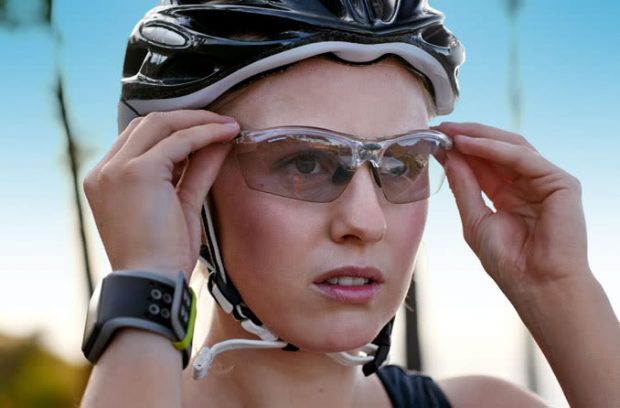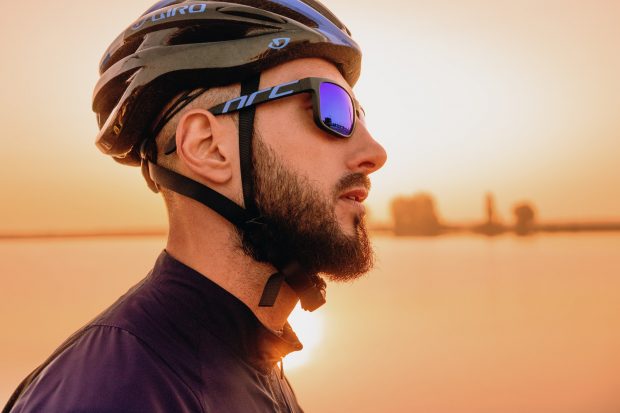The best safety eyewear shields the wearer’s eyes from hazards. Safety glasses and goggles provide physical eye protection from hazards such as impact, dust, droplets and splashes as well as damaging optical radiation. When shopping for eyewear online, you should select frames and lenses that meet relevant safety ratings. Prescription safety glasses can also lower accident risks. Here are five tips for narrowing down the large selection of safety glasses available for sale to the best protective eyewear for your lifestyle.
1. Pick the Protection Level
An environment with known eye hazards will determine the type of eye protection you need. Some job sites or sports pose significant impact risks. Other activities or workplaces may involve exposure to fine particles, gases, liquids or intense optical radiation. The best eyewear clearly indicates safety ratings, frame features and lens options in descriptions and in small markings inside frames and lenses.
2. Compare Frame Designs
Once you know the level of eye protection you require, you may have a variety of styles to choose from. Many safety glasses styles satisfy American National Standards Institute Z87.1 eye protection standards or ASTM International standards for athletic eye protection. Look for frames in your preferred material and shape that meet any applicable requirements. Select your preferred frame material and shape. Some styles feature adjustable nosepieces and temples and side shields.
3. Confirm Frame Size
Always check the size of frames. Most frames specify a size, but you should also review dimensions such as the width of the bridge, lenses and frames. Lens height and temple length may also determine how well eyewear fits. The base curve of frames may determine the strength of prescription lenses eyewear can accommodate without distortion. Some styles may specify a limited range of prescription measurements or the ability to accommodate single vision, multifocal or progressive lenses. Look for high Rx compatible frames if you require a powerful prescription.

4. Order Prescription Safety Glasses
It is possible to customize the lenses of most frames. Once you find a pair of glasses that meet relevant safety ratings and confirm the fit of the eyewear, you can enter prescription measurements to get glasses fitted with lenses. Some frames are compatible with a limited range of prescription strengths while other styles can accommodate high Rx lenses. Glasses with side shields or goggles may be necessary to provide more lateral eye protection from impact. Eyewear with eye cups, a foam liner or facial cavity seal may be necessary to shield eyes from dust and liquids.
5. Consider Lens Treatments
The amount of coverage that safety glasses lenses provide and any lens tints or treatments may determine how much protection eyewear provides from optical radiation. Clear lenses can provide complete UV protection, but tints can be helpful for some safety applications. Tinted lenses can improve contrast in certain environments. Polarized or mirrored lenses reduce glare. Variable tinting may also be available, and is indicated by a “V” mark on lenses. Anti-fog and scratch-resistant coatings are also ideal for safety glasses.
These tips can point you toward the best pair of non-prescription or prescription safety glasses. Once you know the level of protection you require, factor in your preferences and account for frame fit and lens features. Frames and lenses that fit your face and meet relevant safety standards can provide eye protection when you need it most.
Read More:
6 glasses buying tips everyone needs to know
Most common types of frames for prescription glasses
How to wear and the use of glasses chains
7 tips to enhance your car for better performance


